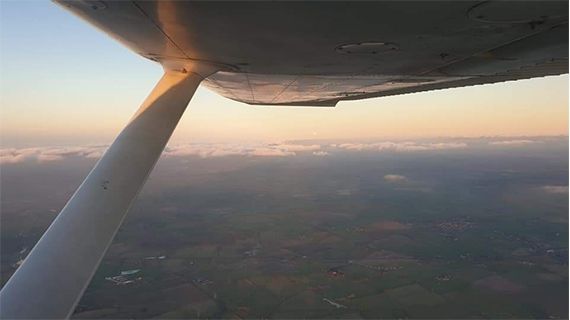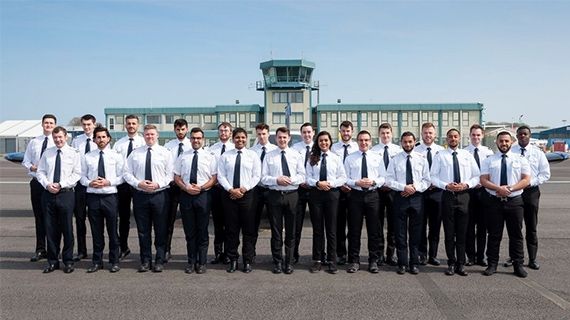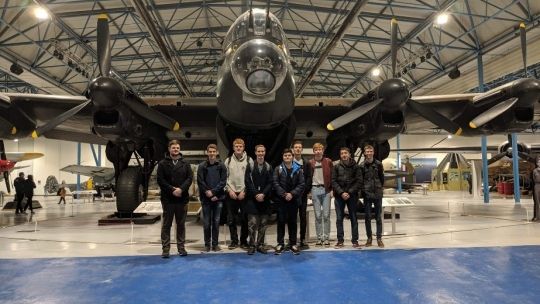
Integrated vs Modular Flight Training
Integrated vs Modular Flight Training
Whilst exploring your first steps towards reaching your dreams of being a commercial pilot, you may have heard the terms ‘integrated’ and ‘modular’ when it comes to pilot training.
They are essentially the two types of training routes you can choose from in order to obtain your frozen ATPL (*side note – a frozen Air Transport Pilot’s License is what you will get once you have successfully completed all of your pilot training and will allow you to apply for airline jobs. Once you hit 1500 hours of flying time, you’ll be able to ‘unfreeze’ your ATPL and apply for more senior pilot jobs*). So, how do you decide which type of training is best for you? Let’s break it down:

Integrated
This means that you essentially carry out all your training continuously with one flight school and start with the ATPL theory (14 exams/750+ classroom hours) before you get into an aircraft and start flying.
| Advantages | Disadvantages |
|---|---|
| This is seen as the quicker route as you are undertaking all of your flight training in one go on an intensive course. | Overall cost is more expensive than the modular route (you’ll receive the same frozen ATPL regardless of which route you choose). |
| Staying with one flight school can make the whole process easier. | Greater risk – you’ll have to pay large sums upfront with no guarantee that your training will go as smoothly as planned. |
| Some flight schools have cadet programmes tied with an airline or offer assessment/prep practice. |
You’ll have less flexibility on your life during training as it’s done to a strict timetable. |
Modular
This route is what our commercial pilot students follow here at Buckinghamshire New University. You will do your training in blocks rather than all in one go so you have breaks in between (this allows for teaching time towards obtaining your degree). You’ll start with training towards your Private Pilot’s License (PPL) – i.e., you’ll be up in the skies from your first teaching week!
| Advantages | Disadvantages |
|---|---|
| Overall cost is substantially less than an integrated course + breaks in between allow you to save up if required. | It can be a bit more difficult to maintain a strong focus towards completing the full training. |
| There is greater flexibility which means you can complete alongside education/employment. | It requires the individual to decide where and when to do training. |
| It provides less risk as you can choose where and when you want to do parts of your training. |
It can take longer than going through the integrated route. |
Regardless of which option you choose, you’ll have completed the necessary requirements to obtain a frozen ATPL and you’ll be on your way to the right-hand seat of the flight deck!
However, it’s important to decide carefully on which option suits you best. At Bucks we follow the modular route so we can combine both the pilot training and academic studies together so that our commercial pilot students can successfully graduate with an honorary bachelor’s degree AND a frozen ATPL at the same time. This was definitely the best option for me as I got to experience the best of both worlds – going to university whilst completing flight training! My timetabled weeks during my first year at Bucks included flying, lectures and ground school, however due to Covid-19 all lessons are currently being held online, though still enjoyable as ever.

Whichever route you decide is best for you, make sure you do lots of research, ask as many questions as you can and if possible, visit the university. Happy flying! If you have any questions about my course or Buckinghamshire New University, you can message me here.
